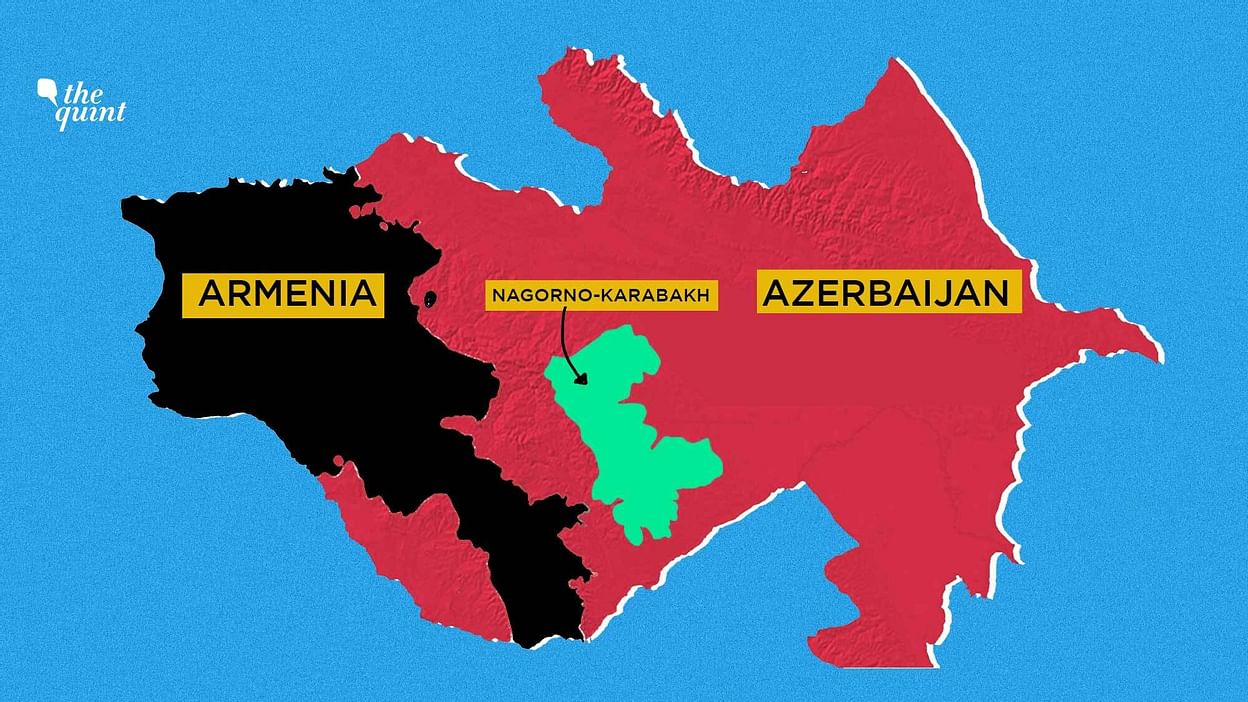Armenia-Azerbaijan Conflict: Key Facts, Reasons, Causes, Impact on India
The territorial dispute between Armenia and Azerbaijan over the Nagorno-Karabakh region has increased recently with heavy clashes.
Strategic Location
Both Armenia and Azerbaijan are a part of the Transcaucasia region. It is the geographical region on the border of Eastern Europe and Western Asia. It consists of Armenia, Georgia and Azerbaijan.
Background
- In 1920, the Nagorno-Karabakh region was established by the USSR within Azerbaijan.
- In 1988, the Nagorno-Karabakh region passed a resolution to join Armenia.
- In 1991, the region conducted a referendum according to which it declared that it will not join Armenia or Azerbaijan. (In 1991, the Soviet Union disintegrated).
- Four Day War: In 2016, Armenia and Azerbaijan were engaged in violent fighting for four days which was later known as Four Day War.
Why the dispute?
The Nagorno-Karabakh region has 95% of Armenian ethnic people. It is controlled by them. However, the region is internationally recognized as a part of Azerbaijan. Azerbaijan is a Muslim majority country and Armenia is Christian majority country.
Effects on India
India-Armenia
The bilateral relation between India and Armenia has grown rapidly. In March 2020, Armenia bought India SWATHI military radar system. Armenia has recently witnessed increased flow of Indian labour migrants. Several Indian students are studying in Armenian medical Universities. It is important for Armenia to have close relations with India as India provides counter balance to rival strategic axis between Pakistan, Turkey and Azerbaijan.
India-Azerbaijan
Both India and Azerbaijan are part of the International North-South Transport Corridor. The Corridor is a multimodal network of sea, rail and road route. The route moves freight between India, Afghanistan, Iran, Russia, Europe and Central Asia. Azerbaijan is a member of Shanghai Cooperation Organization. Azerbaijan is rich in oil and the ONGC of India is an investor in these oil fields.
Month: Current Affairs - October, 2020


